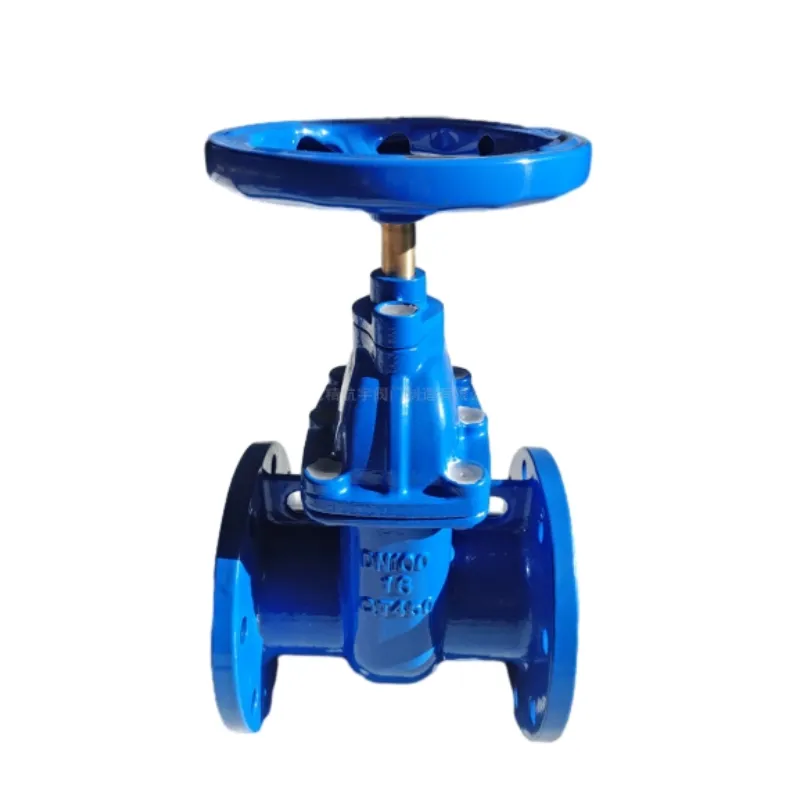Dec . 15, 2024 09:33 Back to list
Clamps Designed for Enhanced Stability in Welding Fixture Applications and Configurations
Clamps for Welding Fixtures Essential Tools for Precision and Safety
Welding is a crucial process in various industries, from automotive and construction to manufacturing and shipbuilding. It is the art of joining materials, typically metals, using heat and pressure. With the importance of accuracy, safety, and efficiency in mind, welding fixtures are essential tools in the welding process. One of the most important components of these fixtures is clamps.
What are Welding Fixtures?
Welding fixtures serve as apparatuses that hold the workpieces securely in place during the welding process. They are designed to ensure stability and precision, which are critical for achieving high-quality welds. Fixtures can vary in complexity, from simple blocks or plates to intricate designs that accommodate various shapes and sizes of materials. Regardless of their design, clamps play a pivotal role in their functionality.
The Role of Clamps in Welding Fixtures
Clamps are indispensable in welding fixtures for several reasons. Firstly, they ensure that the workpieces remain stationary throughout the welding process. Movement can lead to misalignment, which may result in weakened joints or even complete failure of the weld. By using clamps to secure components, welders can maintain the integrity of their work, ensuring that each weld is consistent and strong.
Secondly, clamps help to control the gap between workpieces. In many welding applications, particularly in structural welding, it is vital to maintain specific tolerances and gaps. Clamping systems can be adjusted to achieve precise spacing, allowing for better penetration and fusion of the welding material. Without adequate control of this gap, the quality of the weld may be compromised.
Types of Clamps Used in Welding Fixtures
There are various types of clamps utilized in welding fixtures, each suited for specific applications. Here are some common types
1. C-Clamps These are versatile tools often used in welding for holding parts together tightly. Their simple design makes them easy to use and adjust as needed.
clamps for welding fixtures

2. Toggle Clamps Known for their quick action, toggle clamps are adept at holding workpieces securely in place without requiring significant effort. They are especially beneficial in production settings where speed is crucial.
3. Pipe Clamps These clamps are specifically designed for holding cylindrical workpieces. They ensure that the pipes are adequately secured during the welding process.
4. Welding Jigs and Fixtures with Built-in Clamps These fixtures come with integrated clamping mechanisms tailored to specific applications, allowing for quick setup and repositioning of components.
Advantages of Using Clamps in Welding Fixtures
The use of clamps in welding fixtures offers numerous advantages. One of the most significant benefits is improved safety. By keeping parts securely in place, clamps reduce the risk of accidental slips or shifts that could lead to injury or damage during the welding process.
Moreover, clamps contribute to increased productivity. With securely held workpieces, welders can complete their tasks more efficiently, minimizing the time spent on repositioning and readjustments. This efficiency not only boosts output but also ensures consistency in product quality.
Lastly, using clamps enhances the overall quality of welding projects. By maintaining precise alignment and control over the welding process, clamps help achieve superior finish and durability in welded joints.
Conclusion
In the ever-evolving world of manufacturing and construction, the importance of clamps for welding fixtures cannot be overstated. They are fundamental tools that not only enhance safety and efficiency but also improve the overall quality of welding projects. As the demand for precision and reliability continues to grow, the role of clamps in welding fixtures will remain critical in shaping the future of welding applications. Whether in a small workshop or a large-scale production environment, investing in high-quality clamps will invariably yield better results in the welding process.
-
Y Type Strainer Maintains System Efficiency Long TermNewsJul.15,2025
-
Valve Selection Guide for Industrial ApplicationsNewsJul.15,2025
-
Steel Fab Table Provides Durable Work Surface for WeldingNewsJul.15,2025
-
Pad Iron Provides Stable Support for Heavy MachineryNewsJul.15,2025
-
One Inch Check Valve Fits Standard Plumbing SystemsNewsJul.15,2025
-
Measuring Micrometer Ensures Precise Dimensional AccuracyNewsJul.15,2025
Related PRODUCTS









